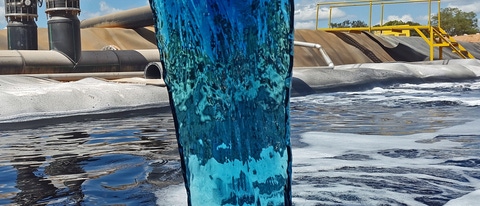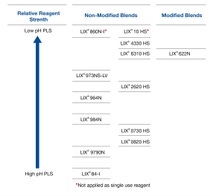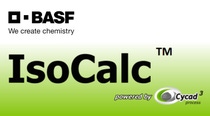Lupromin® F-20X
During the operation of a copper solvent extraction circuit, the organic phase can become contaminated with organic substances which can adversely affect phase separation times, kinetics, and copper/iron selectivity. Clay treatment of the organic phase can be used to remove contaminants from the organic phase. Clays that have proven to be effective are acid leached montmorillonite clays. BASF's purification clay; Lupromin® F-20X has been successfully used for many years by several mine sites.
Purification clay Lupromin® F-20X is used to remove surface active compounds from in-process copper solvent extraction organic compounds. Benefits include:
· Improved extraction and strip kinetics
· Reduced phase separation times
· Reduced entrainment
· Reduced impurity transfer to the electrolyte (e.g. Fe, Cl, Mn and NO3)




